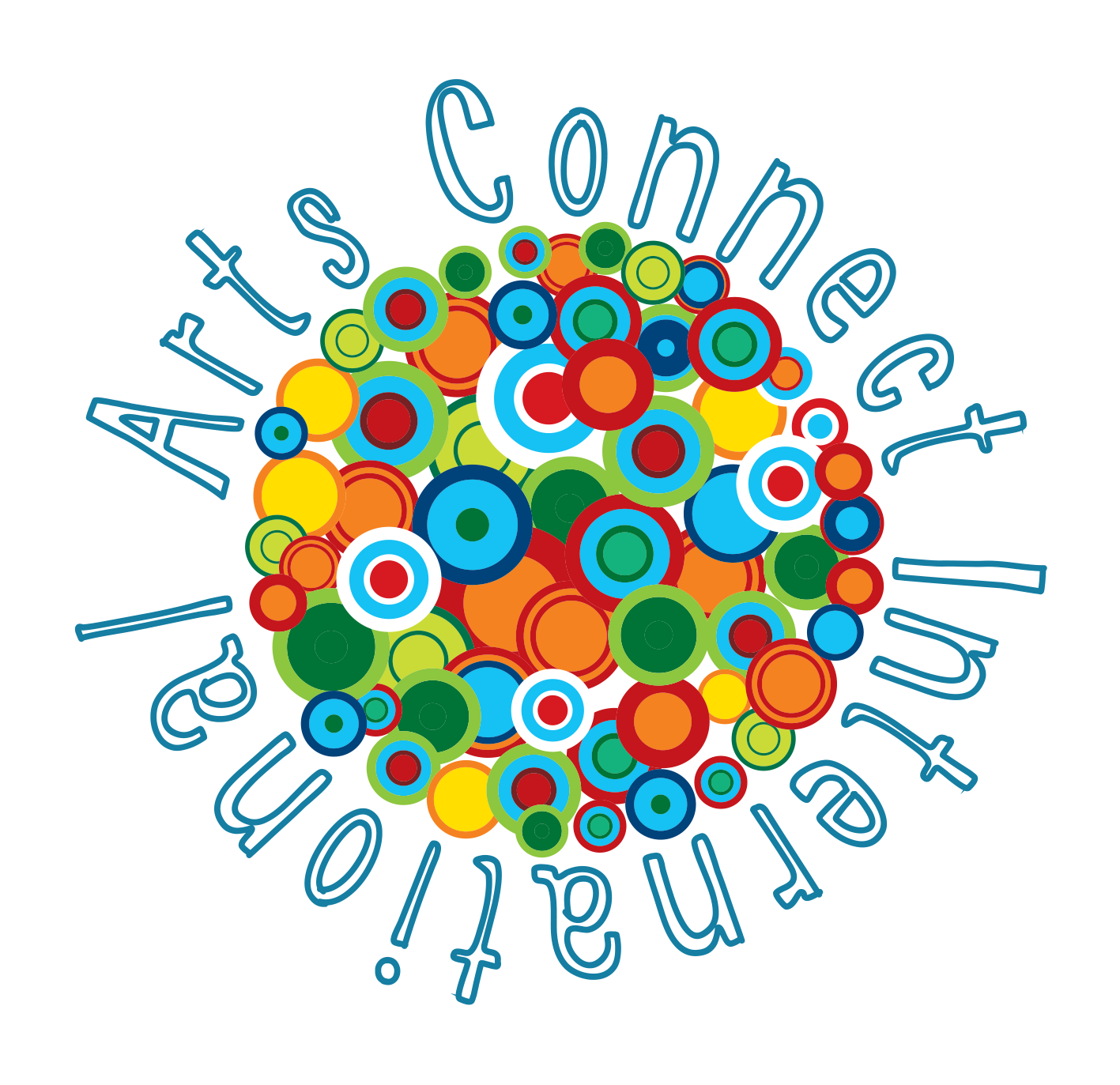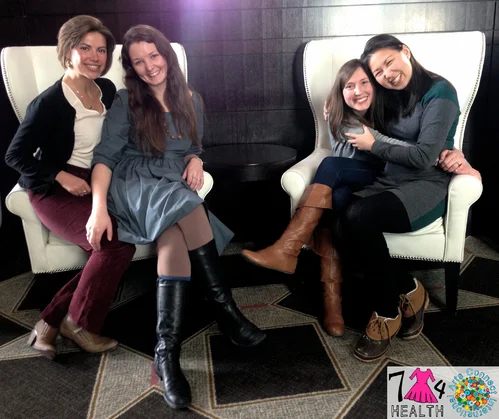When discussing disability people often associate the term with physical disabilities ~ overlooking the "unseen" disabilities that can have just as much; if not more, impact on individuals and society. Today I'm going to begin exploring and unpacking the "unseen" category of learning disabilities.
Learning disabilities take a myriad of forms, encompassing: Auditory Processing Disorder, Dysgraphia, Language Processing Disorder, Visual Perceptual / Visual Motor Deficit, Dyscalculia, Dyslexia, and Non-Verbal Learning Disabilities
Other related disorders include: ADHD, Dyspraxia, Executive Functioning, and Memory.
From the Learning Disabilities Association of America:
Learning disabilities often run in families. They should not be confused with other disabilities such as intellectual disabilities, autism, deafness, blindness, and behavioral disorders. None of these conditions are learning disabilities. Because learning disabilities cannot be seen, they often go undetected. Recognizing a learning disability is even more difficult because the severity and characteristics vary. Parents can help children with learning disabilities achieve success by encouraging their strengths, knowing their weaknesses, understanding the educational system, working with professionals and learning about strategies for dealing with specific difficulties. Most importantly, if you suspect you or your child has a learning problem, don’t delay in seeking help and taking action!
So what does it mean to have a learning disability?
Well, if you ask any person who has a learning disability his or her perspective on this question, the response is almost certain to vary based on their specific diagnosis, the educational system they are (or were) learning in, and the familial support(s) they receive(d), amongst many other factors. In other words- a persons relationship to his or her disability is not ever dependent solely on the title; it is a compilation of adaption, use of resources to work with said learning disability, and a range of both social and emotional factors (hopefully supports) that make each persons experience unique.
Do you know someone with a learning disability?
Chances are you do- in fact, chances are you know many. In the United States 2.4 million students are diagnosed with specific learning disabilities (SLD) and receive services under IDEA (Individuals with Disabilities Education Act). This represents 41% of all students receiving special education services. 75% — 80% of special education students identified as LD have their basic deficits in language and reading. 60% of adults with severe literacy problems have undetected or untreated learning disabilities.
So, how does this all fit together?
Simply put- this all means that we have a diversity of learners in the world who receive and express information in several different ways. One of the most helpful ways to look at this; from my perspective, is through Multiple Intelligence Theory (MI 7), developed by Dr. Howard Gardner of The Harvard Graduate School of Education. The core of MI 7 is in addressing various learning styles and needs through an asset based lens- looking at the skills and aptitudes of individuals as opposed to the deficits. Gardner defines the seven intelligences as: spatial/ bodily kinesthetic, visual, mathematical, linguistic/ auditory, intrapersonal and interpersonal. Since its inception MI 7 has also expanded to include: naturalistic, technological, and more.
I'll spend more time writing about the implications of this learning theory- and more recent adaptations as seen with Universal Design for Learning, in upcoming blogs that dig into each. In the meantime, I highly encourage you to go and have a discussion around your learning style with someone close to you- a family member, friend, peer, colleague, child, student.
What did you share about your learning style that felt important to you?
What did your counterpart share with you?
How could this knowledge inform your relationship?
Enjoy!
Call to action: Do you have important information around one of our seven causes: HIV/AIDS, Mental Health, Nutrition, Heart Disease, Maternal Child Health, Cancer, Disability, that you want to share with a wider audience? Do you or a loved one currently live and/or struggle with one of these causes? Do you work in research, advocacy, prevention, treatment or care? We want to hear from YOU! Write to us today: 7dresses@artsconnectinternational.org to become a featured blog writer. Another way to get involved is to wear the color of the day in solidarity. Take a picture of yourself in the color of the day and Tweet it @ArtsConnectInt, tag us on Instagram @ArtsConnectInt, or send it to us on Facebook.
About 7 Dresses 4 Health (7D4H): 7D4H is a year-long arts and health education campaign lead by visual artist, Marian Brown, in conjunction with Arts Connect International. The objective of the campaign is to promote inclusive community practices through adDRESSing health artistically and collaboratively. To learn more about the genesis of the project, read Marian’s New Year Blog.
About today's look: All of the dresses for 7 Dresses 4 Health were designed and sewn by Kim's Fashion Design. Love the look? Visit Kim at 100 Huntington Ave, Boston MA 02116, call her at (617) 267-9299 or email her: info@kimsfashion.com. Mention 7 Dresses 4 Health for a special discount!
Campaign Update (2017): All 7 Dresses 4 Health blogs were migrated from a former site, so the sharing analytics are inconsistent from when they were first published. We apologize to our guest bloggers, and readers, for this inconvenience. That said, the campaign garnered an average of 5K hits per blog, over 500,000 readers throughout 2015! Additionally, the average number of shares per guest blog was over 150x on social media (through Facebook and Twitter). Thank you for making this incredible campaign possible - and for all that it was for so many. With gratitude, Marian & the ACI Team


